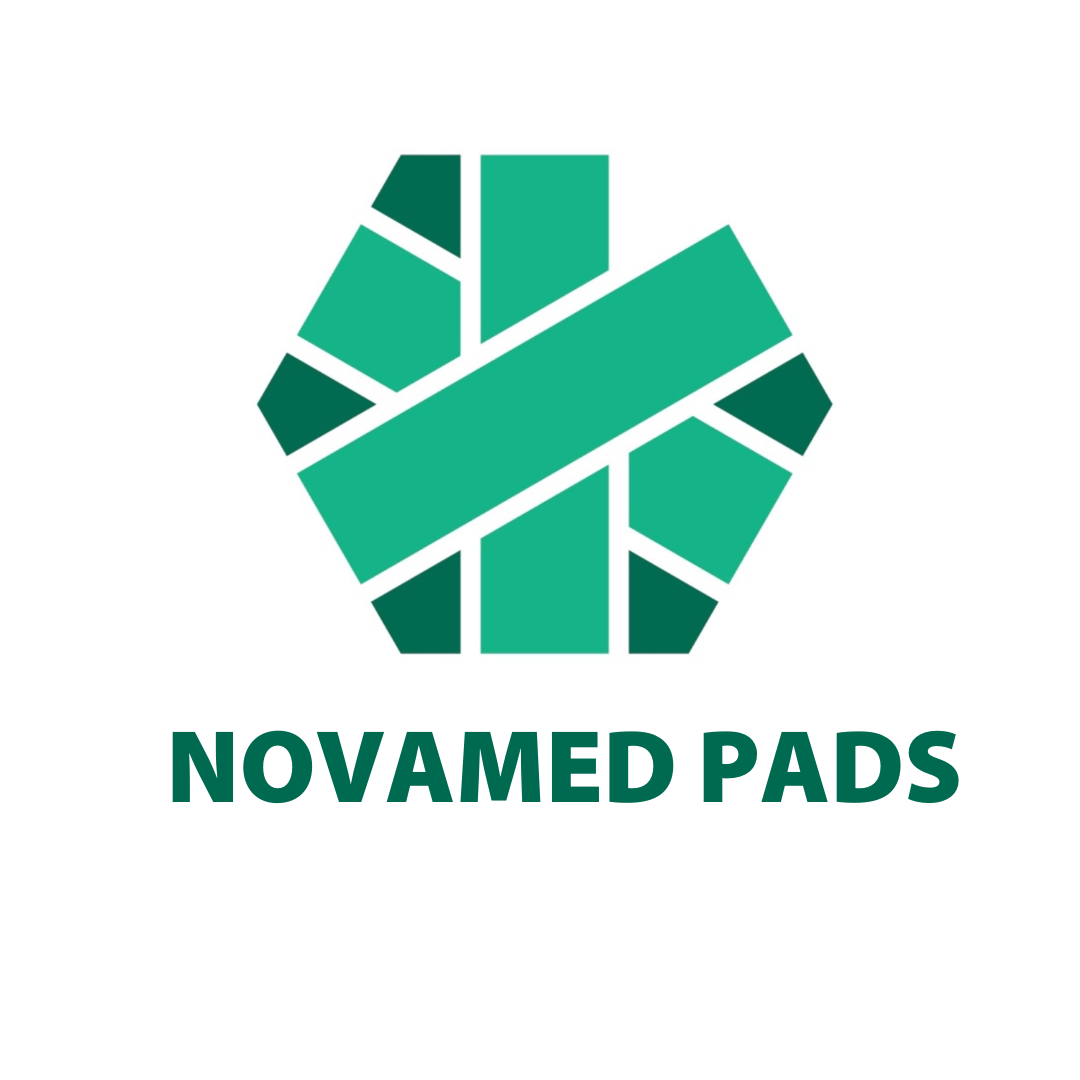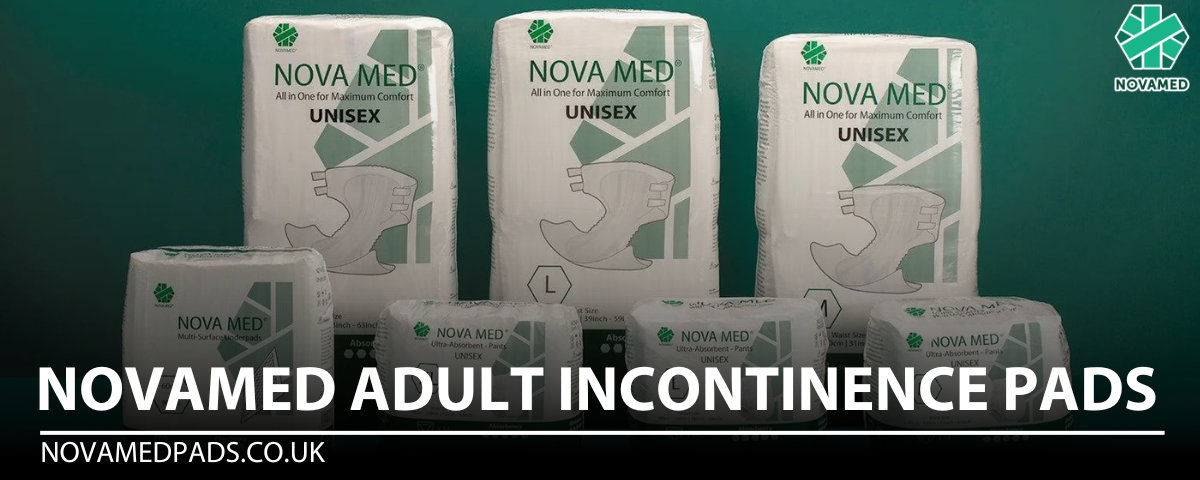
Incontinence Questions and Answers
Incontinence can be a sensitive topic, but it’s important to address concerns to ensure proper care and management. Below are answers to common questions about adult incontinence, including how to prevent skin irritation and what products to use. Let’s dive into some key questions and answers to help you better manage incontinence.
1) Can Adults Develop Nappy Rash Due to Incontinence?
Yes, adults can develop a nappy rash, also known as diaper dermatitis, which is a common issue for individuals with continence challenges. Affected areas may appear red and inflamed, with spots or blisters forming. If the person also feels unwell, it’s important to contact a healthcare professional for further advice.
Key Signs of Adult Nappy Rash:
- Bright red or inflamed skin
- Blisters or spots
- General discomfort or illness alongside the rash
2) What Causes Nappy Rash in Adults?
The causes of adult nappy rash are similar to those in children, including prolonged contact with urine and stool, which can irritate the skin. Antibiotics, especially if they result in an upset stomach, may also increase the risk. Excessive moisture and friction can worsen the condition, and using harsh soaps or bath products can further irritate fragile skin.
Key Causes:
- Urine and stool exposure
- Friction and soggy skin
- Recent antibiotics causing upset stomach
- Harsh soaps or perfumed products
3) How Can I Prevent Nappy Rash When Managing Incontinence?
Prevention is always better than cure. Choosing the right size pad and changing it regularly, especially after a bowel movement or when it's full, is crucial. The skin should be cleaned using a skin-friendly product, as ordinary soap can be too harsh for delicate areas. After cleaning, gently pat the skin dry, avoiding vigorous rubbing, which can cause damage. Talc should be avoided at all costs.
Prevention Tips:
- Use the right size incontinence pads
- Change pads frequently
- Clean skin with gentle, soap-free products
- Pat skin dry gently, avoid rubbing
4) What Barrier Creams Should Be Used?
Most chemists offer a wide range of barrier creams, and pharmacists can provide personalised recommendations. Some creams need to be applied at every product change, while others require less frequent application. When using a barrier cream, apply a small amount—just enough to lightly cover the skin. Avoid leaving a thick white layer, as this means you've applied too much. Don’t wipe excess cream onto the pad, as it could reduce the pad’s absorbency.
Tips for Applying Barrier Cream:
- Apply only a minimal amount
- Ensure skin colour is visible after application
- Avoid excess cream on pads to maintain absorbency
5) How Should I Dispose of Incontinence Products?
For home users, incontinence products can usually be disposed of in general refuse after being properly bagged, similar to children’s nappies. Care homes, however, are required to use a clinical waste service. Check with your local council for specific disposal guidelines.
Disposal Tips:
- Bag used products and dispose of in general refuse
- Care homes should use a clinical waste service
- Confirm local disposal arrangements with your council
Final Thoughts
Managing incontinence effectively involves not only the right products but also proper skin care and disposal methods. If you have any concerns about your skin health or incontinence products, consult with a healthcare professional or pharmacist for personalised advice. Prevention through good hygiene practices and product usage is key to maintaining comfort and well-being.
Feel free to explore our full range of incontinence solutions here!
Bladder and bowel incontinence may be caused by conditions which can be treated medically. Please consult your physician for medical advice and guidance.




